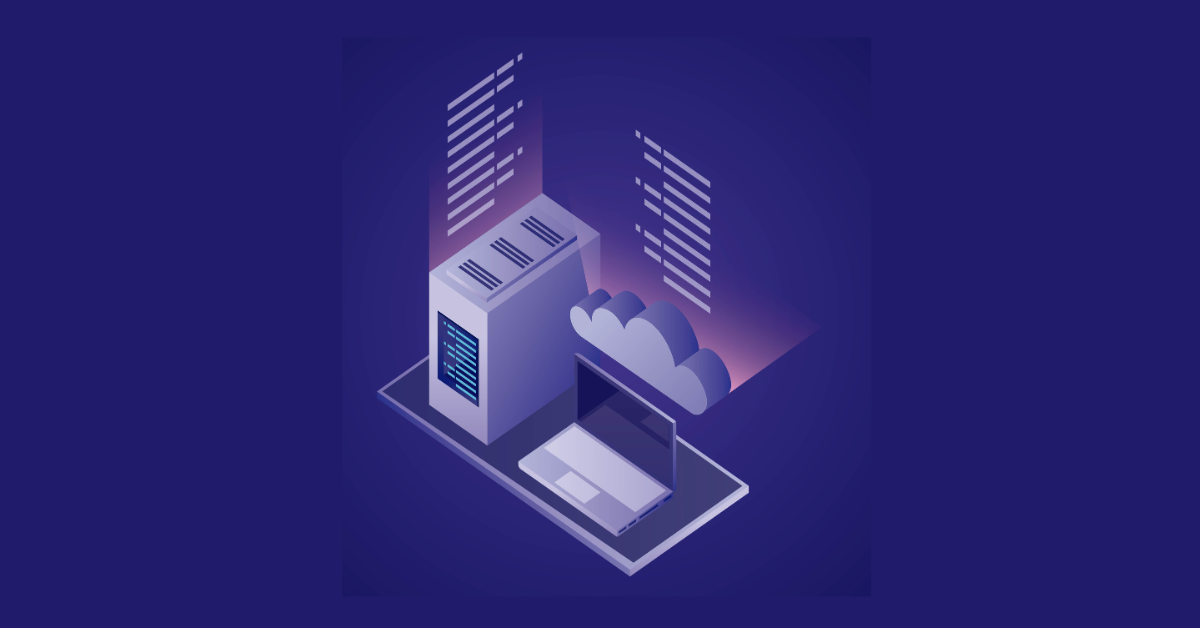- What Is Cloud Services
- Why Consider Cloud Computing for Business?
- Let us check some of the practices used in the cloud computing
1. Designing for Scalability: Ensuring Seamless Growth
2. Ensuring Security in the Cloud: Protecting Data and Applications
3. Optimizing Performance: Strategies for Efficiency and Speed
4. Leveraging DevOps Practices: Automation and Collaboration
5. Cost Optimization Managing Cloud Resources Efficiently - Characteristics of Cloud Computing
- Benefits of Cloud Computing
- Conclusion
What Is Cloud Services
The on-demand provision of computer services, including servers, storage, databases, networking, software, and analytics, is known as cloud computing. Cloud-based storage enables distant file saving as opposed to local storage or proprietary hard disk storage. Due to its ability to provide cost savings, enhanced productivity, speed and efficiency, performance, and security, cloud computing is becoming more and more popular among individuals and enterprises.
Data stored remotely in a virtual environment, such as the cloud, is referred to as cloud computing. Users can store files and apps on faraway servers and access any data through the Internet thanks to companies that offer cloud services. Any device with an Internet connection can access a person’s or business’s data, work, and applications. It is possible to use private or public clouds. Public cloud providers charge for their services and are accessible over the Internet. A limited number of users can access services via private cloud services. These services are provided via a network system that provides hosted services. Additionally, there is a hybrid option that blends public and private services.
Why Consider Cloud Computing for Business?
1. Cost Efficiency- If there is cloud computing then the businesses won’t need to invest more in the hardware and infrastructure and get all the services easily even they can save their capital and instead pay for services they use on a subscription or pay-as-you-go basis.
2. Scalability and Flexibility- The cloud business allows you to scale your business up and down based on your needs and requirements. This will help them to change the demand and needs of the consumer and have the requirement of changing technology.
3. Enhanced Collaboration- Cloud computing tools help the teams to work seamlessly, regardless of their location. Can share documents and files and communicate with each other even while not being together.
4. Improved Accessibility- Cloud computing enables businesses to access their data from anywhere, anytime, until they have an internet connection this helps the employees to work from anywhere even when they are not physically present.
5. Data Security and Disaster Recovery- Cloud providers invest heavily to protect their sensitive data. To guarantee data protection and rapid recovery in the event of a disaster, they use encryption, regular backups, or redundancies.
6. Innovative and Competitive Advantage- Cloud Computing allows businesses to adopt the changes rapidly, technology and services also.
Seamless, Secure, and Scalable: Discover Our Cloud Services
Let us check some of the practices used in the cloud computing
1. Designing for Scalability: Ensuring Seamless Growth
Designing for scalability is crucial to building successful applications that can handle growing user demand without compromising performance.
Here are key considerations for designing scalable applications:
- Distributed Architectures- Designing the applications with the disturbed architectures allows distributing the workload across multiple areas of the software, by breaking down it becomes easy to scale each component independently as needed.
- Load balancing- Implementing load balancing helps incoming traffic distribute across multiple servers, preventing it from becoming overloaded
- Auto Scaling- It allows the applications to get scale based on the demand, it can get dynamic scaling based on the scale up or down by setting predefined policies and monitoring the traffic also.
- Caching Mechanism– Implementing caching mechanisms, such as in-memory caching or content delivery networks (CDNs), can significantly improve application performance.
- Stateless Design- The need for servers to store session-specific data is eliminated when designing a stateless component. Instead, session data is stored externally, allowing requests to be processed by any available server.
2. Ensuring Security in the Cloud: Protecting Data and Applications
Ensuring security in the cloud is paramount to protecting sensitive data and maintaining the integrity of applications.
Securing the Cloud-Based Application –
- Authentication and Authorization- Implement strong user and role-based access control.
- Data Encryption- Sensitive data in rest and in transit to protect against unauthorized access
- Network Security- Implement the firewall, Virtual private cloud, and Virtual private network for better communication.
- Regularly Secure Audit- Conduct vulnerability assessment and implement intrusion decision system for proactive security measures
3. Optimizing Performance: Strategies for Efficiency and Speed
Optimizing performance is crucial for cloud-based applications to deliver a seamless user experience. A caching mechanism can significantly reduce the response time for data retrieval by storing frequently accessed data in a cache. Proper indexing, partitioning, and optimization of queries are essential to improve the performance of the database design and query performance.
4. Leveraging DevOps Practices: Automation and Collaboration
5. Cost Optimization Managing Cloud Resources Efficiently
Cost optimization is a crucial aspect of managing cloud resources efficiently, allowing businesses to maximize the value of their investments while ensuring optimal performance. Cloud Cost Optimization Strategy –
- Right Sizing- Analyze the resource use and adjust the cloud resources to match the actual needs.
- Auto Scaling- Utilize the auto-scaling capabilities to adjust the resource based on demand and cost.
- Reserved Instances- Strategically used reserved instances for predictable workload, using discounted prices.
- Spot Instances- It is used for fault-tolerant or noncritical workloads accessing the cloud spare capacity.
- Serverless Architecture- Adopt serverless computing for certain services, paying only for the actual stage and reducing the infrastructure cost.
- Cost Monitoring and Analysis- To track cloud spending, identify the areas for optimization, and control the cost.
- Fine Tuning Resource Allocation- Constantly review and adjust resource allocation based on the used patterns, performance, and cost-effectiveness.
Characteristics of Cloud Computing
Cloud Computing has evolved into a contemporary infrastructure that boasts a range of characteristics and delivers significant advantages to businesses of various scales. Among them, the following applications are –
- Workload Resilience- Cloud service providers frequently employ redundant resources to guarantee robust storage and maintain the continuity of user workload.
- Multi-Tendency and Resource Pooling- Multi tendency enables multiple customers to share joint physical applications of cloud computing while ensuring the privacy and security of their respective data. The resource pools maintained by the cloud services should be sizable and adaptable to meet the diverse requirements of multiple customers.
- Self–Service Provising- This involves computing capabilities like server time and network storage, eliminating the conventional necessity for IT administrators to handle the provisioning and management of compute resources.
- Broad Network Access- Users can access the cloud data or upload information to the cloud from any location and with any internet-enabled device, providing a seamless network.
- Migration Flexibility- Organizations can transfer the data from one cloud service to the other despite being in different locations.
Benefits of Cloud Computing
- Cost Savings- The initial expense of adopting the cloud services concerns 20% of the companies. However, those attempting to balance the benefits and drawbacks of using the cloud trends need to be considered more than the initial cost.
- Security- One of the responsibilities of cloud-based solutions is to monitor security properly. This is more effective than standard internal time, where a company must divide its resources among its several IT services, security being only one of them.
- Rapid Deployment and High Speed- The agility and high speed of software development have changed due to the quick creation of new cloud computing services. Developers may quickly test new concepts and create applications based on them.
- Scalability- Distinct businesses have different IT requirements; a massive company with more than 1000 employees will have different needs than a startup.
- Backup and Restore Data- Data storage on the cloud-based solutions is not limited by available space, which is beneficial for backup and restore operations. End user data evolve and must be tracked for regulations requirements.
Conclusion
Cloud-based apps are now more crucial than ever because of their scalability, security, and cost-effectiveness. Building scalable and secure cloud-based apps is a difficult process that requires knowledge and experience. Among the best practices we covered were adopting DevOps, guaranteeing cloud security, increasing performance, and designing for scalability. These recommended practices can help developers create cloud-based apps that are as effective, scalable, and safe as possible.








